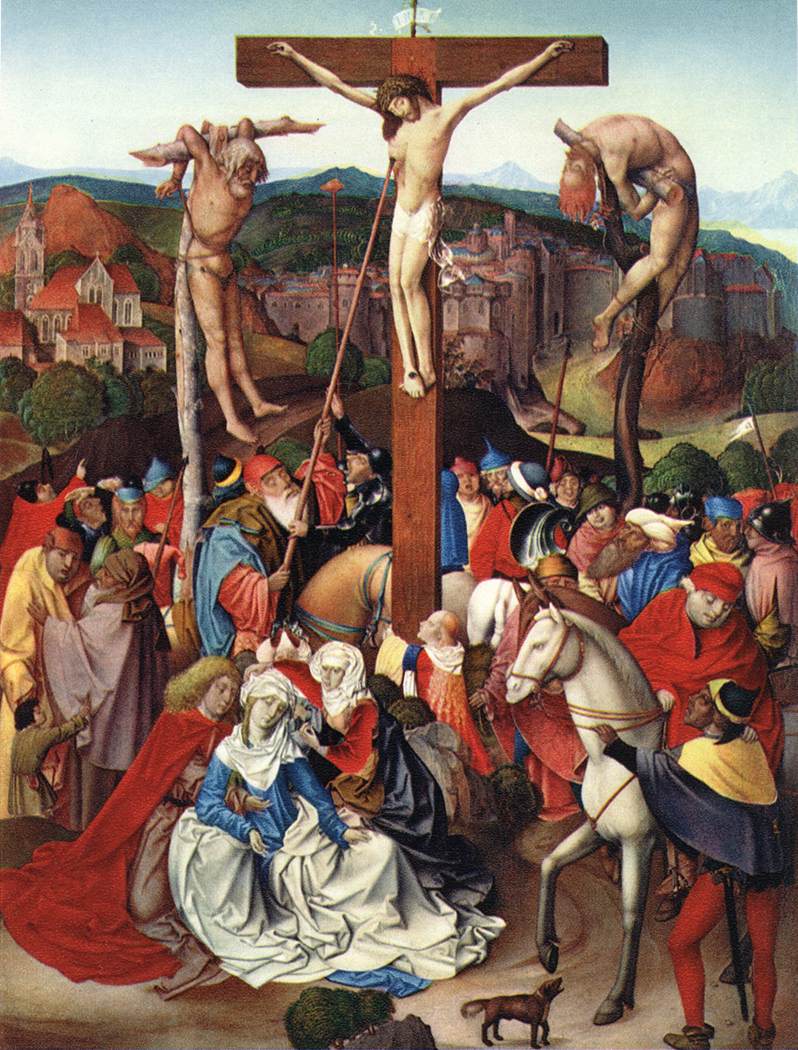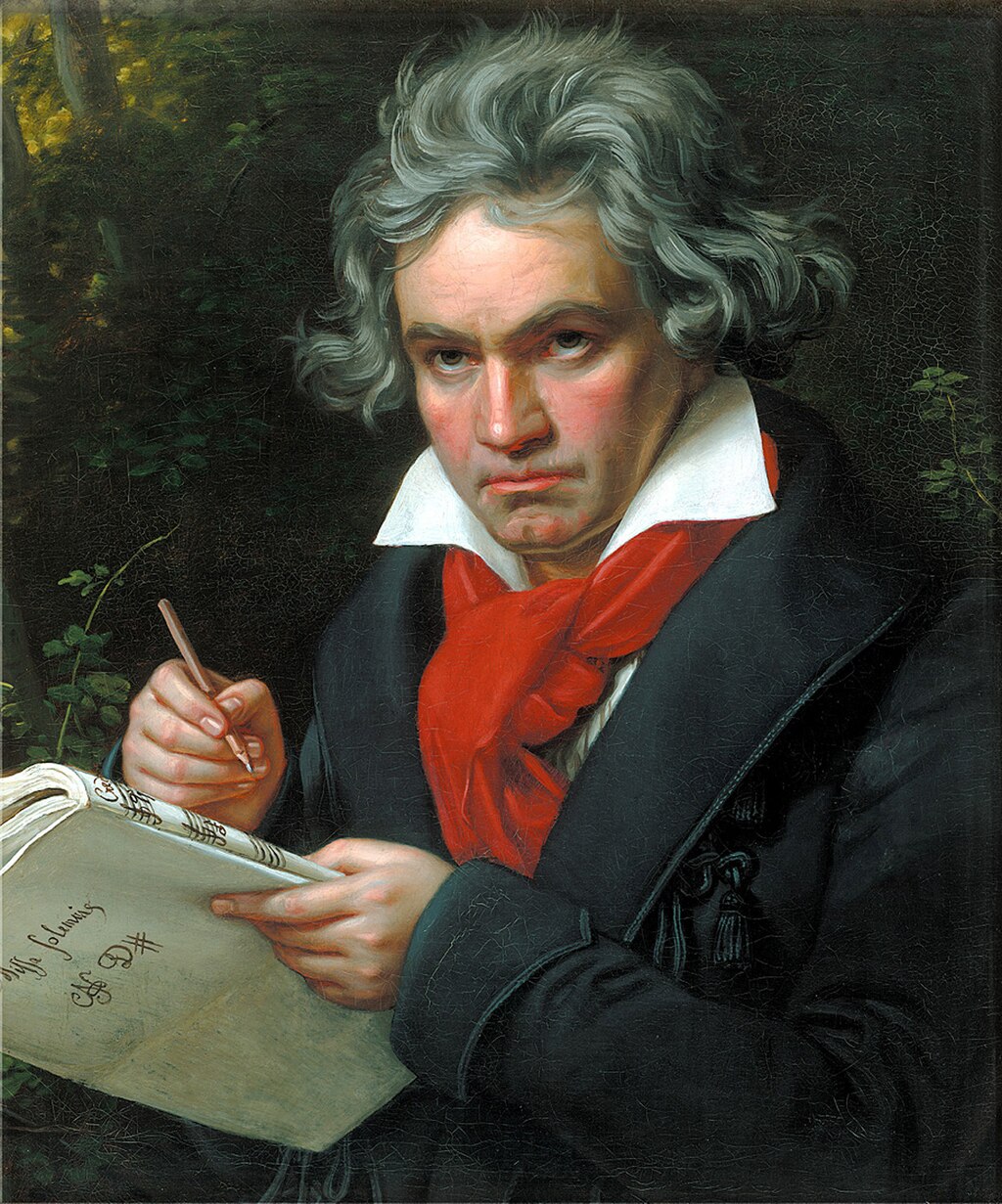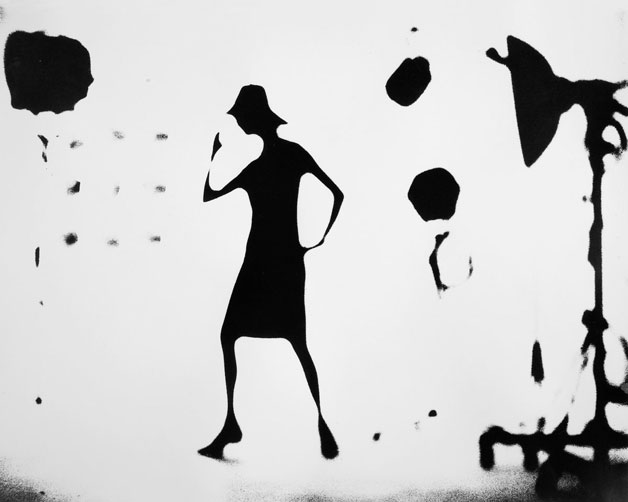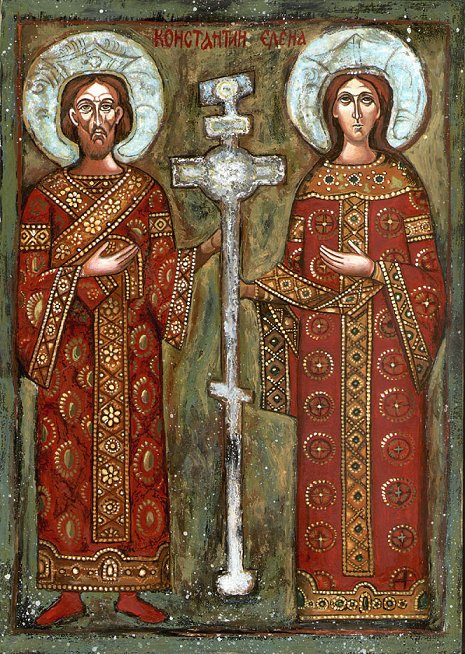 Conviction, that the neo-impressionists are painters, who cover their canvases with small dots of variegation, is a very common mistake. We'll prove it later, but we are already stating, that this irrelevant scoring method has nothing to do with the aesthetics of the painters, which we undertake to defend, nor with the separation technique, they use.
Conviction, that the neo-impressionists are painters, who cover their canvases with small dots of variegation, is a very common mistake. We'll prove it later, but we are already stating, that this irrelevant scoring method has nothing to do with the aesthetics of the painters, which we undertake to defend, nor with the separation technique, they use.
The neo-impressionist does not score, but separates.
Well, divide, meaning:
Ensure maximum luminosity, color and harmony, by:
- optical mixing of pure pigments only (all shades and tones of prismatic colors)[1];
- isolation of individual elements (local color, color of lighting, their interaction, etc.);
- the balance of these elements and their proportions (according to the laws of contrast, gradation and exposure);
- selects a touch size proportional to the image size.
The method formulated in these four points will rule the color of the neo-impressionists; most of them will also have more secret laws, arranging lines and directions and ensuring harmony and a beautiful arrangement of the whole.
A painter who consciously uses line and color will reliably determine the linear and chromatic composition of his painting in this way, that its directional determinants, tonal and color will be adapted to the subject, which he wishes to present. […]
[1] [1] Because the words tone and shade are commonly used interchangeably, we explain, that by shade we mean the quality of the color, and by tone the degree of saturation or lightness of the hue. Gradually shifting from one color to another will create a series of mid-tones, and shifting one of these shades lighter or darker will result in a sequence of tones.











